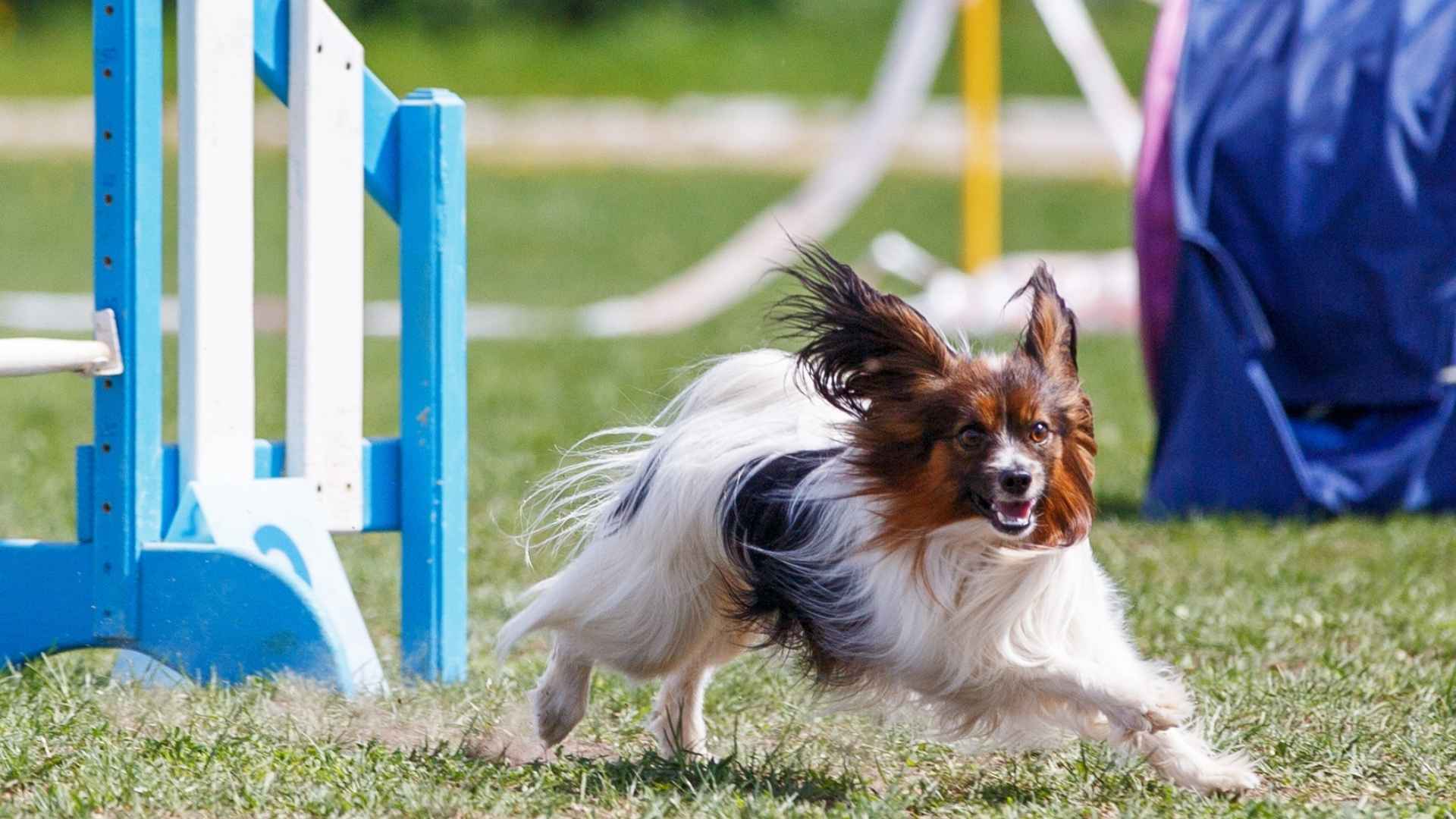Don’t let their tiny frames fool you — small dog breeds can be just as athletic, agile, and energetic as their larger cousins! From lightning-fast Terriers to nimble Papillons, these pint-sized pups thrive on action and adventure.
Whether you’re looking for a jogging buddy, an agility star, or a playful companion for an active household, athletic small dog breeds pack impressive power and endurance into their compact bodies.
If you’ve ever considered a small dog with a big athletic engine, you’re not alone. This article highlights the most athletic small dog breeds—the ones that are compact, capable, and always ready to move.
Athletic Small Dog Breeds
1. Chihuahua
Chihuahuas have excellent limb coordination and balance, especially during sprints, jumps, or quick directional shifts. Their low weight-to-muscle ratio allows them to cover short distances rapidly. Many owners overlook how agile this breed becomes with consistent activity.
Mental Agility Matches Movement
These dogs show strategic thinking when navigating spaces—moving through narrow areas, avoiding obstacles, and mapping patterns indoors and out. This level of spatial awareness adds to their athletic edge.
Surprisingly Enduring Energy
Even with their small frame, they can keep up on long walks or play sessions without tiring early. They benefit from stamina-building games that challenge both speed and focus. It’s this combination that places them among highly capable athletic dogs.
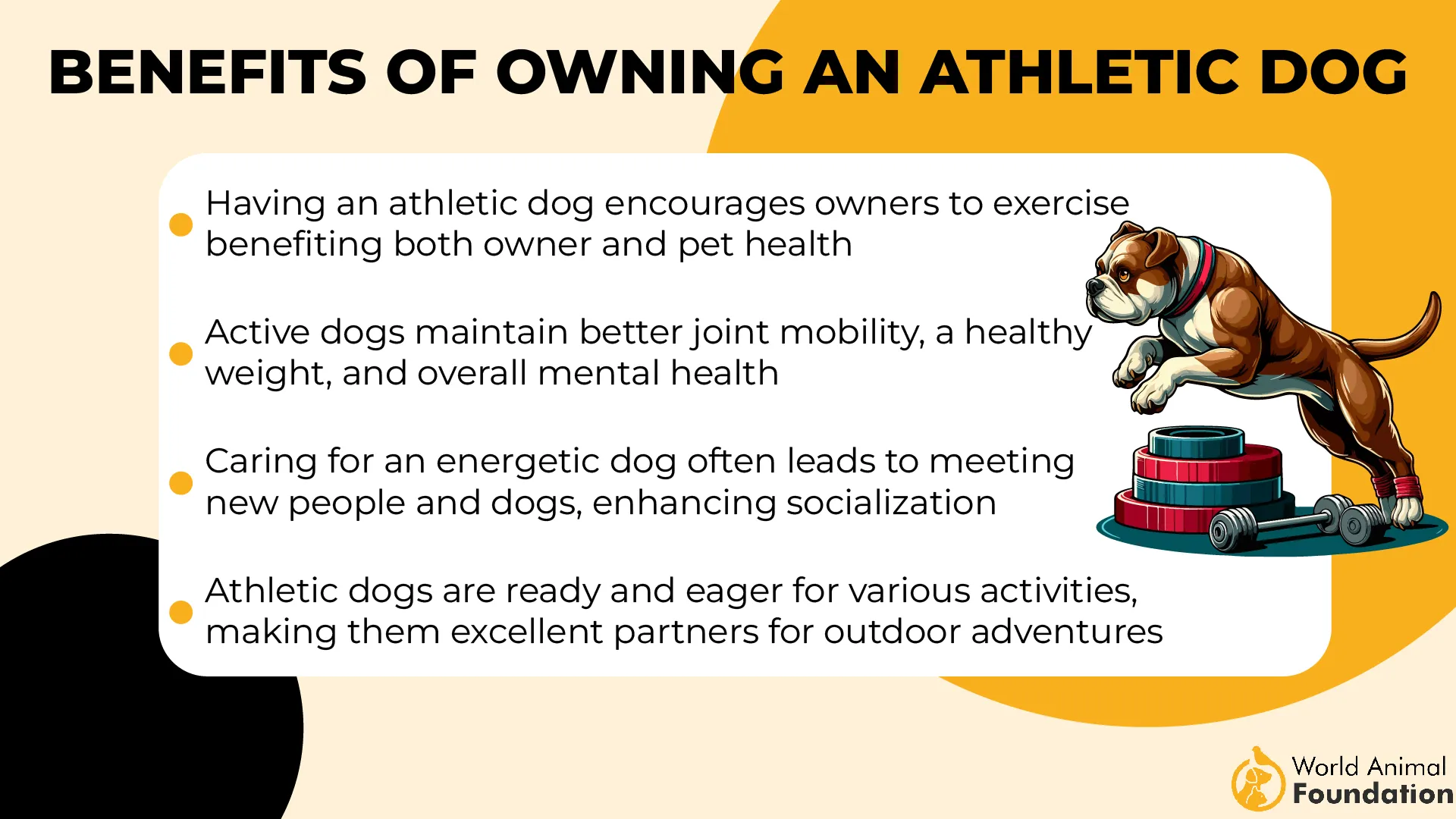
A Legacy of Bold Temperament
Chihuahuas were once companions to Toltec nobility, a historic root tied to their big personalities today. They often stand their ground confidently in front of other dogs, regardless of size. Their spirit is compact, but never lacking in courage or coordination.
2. Cocker Spaniel
The American Cocker Spaniel originated from field lines bred for hunting woodcock in dense cover. This legacy influences their drive to chase, track, and stay alert during fast-paced activity. Their structure supports smooth, effortless strides even on rough or uneven surfaces.
Coordination Built for Variety
Their athleticism isn’t limited to sprinting—Cocker Spaniels excel in agility courses, water retrieval, and precision-based movements. Their foot placement is unusually refined, helping them turn tightly without stumbling. It’s a natural outcome of being bred for field performance, not just looks.
Emotional Engagement During Activity
They remain highly affectionate even during training sessions, often checking back with handlers between movements. This trait helps them thrive in interactive activities that require trust. Exercises involving recall, weaving, or platform jumps suit both their mind and temperaments.
Environments That Suit Their Strengths
They’re best suited for homes where mental and physical stimulation is routine. Spacious backyards, short trail runs, and structured play help avoid behavioral dips. Even their coat care routines can be turned into bonding time if introduced early.
3. German Spitz
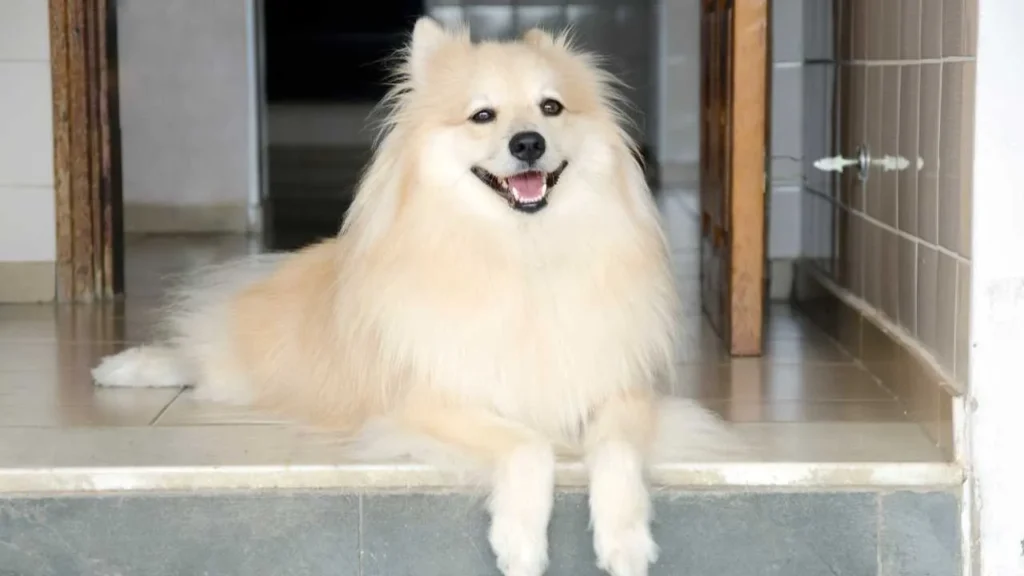
The German Spitz maintains strong coordination during fast-paced play and obedience routines. Its light-footed gait and upright posture are naturally suited for agility training. What makes it stand out is how it retains precision across both tight and open spaces.
Rich Expression and Vocal Nature
This breed communicates constantly with head tilts, sharp barks, and quick reactions. Historically used for alerting, it maintains a strong watchdog role within modern families. Their attention to small changes in the environment remains impressively sharp.
High Sensory Awareness
Their vision and hearing are finely tuned, allowing a fast response to subtle changes, whether indoors or out. They’re extremely responsive to hand signals and voice cues, making them one of the more intuitive canine companions in agility circles.
Rooted in Nordic Ancestry
Closely related to the Keeshond and descended from ancient northern breeds, German Spitz dogs retain their thick double coats and sharp instincts. With proper exposure to humans early on, they bond tightly and become excellent companions for active routines and structured games.
4. Miniature Poodle
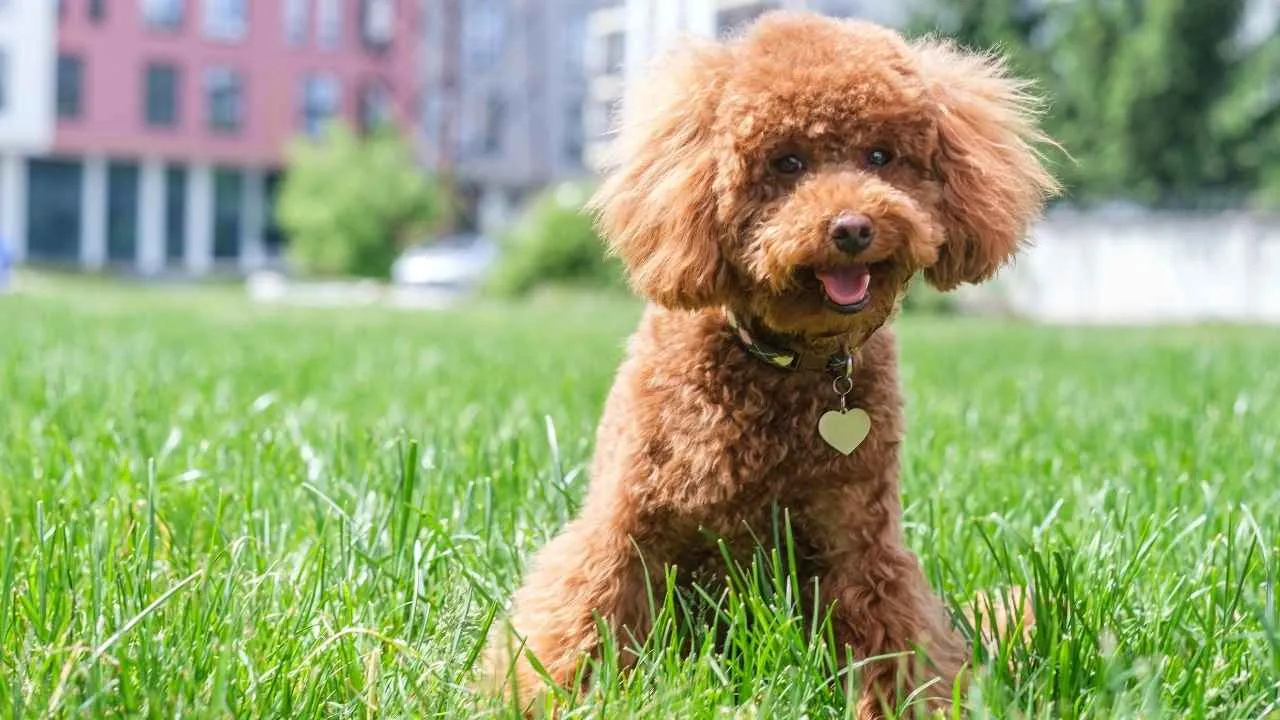
Miniature Poodles show exceptional limb control when jumping, weaving, or sprinting, making them stand out in agility trials. Their springy movement is due in part to their square, symmetrical build. Many are involved in organized sports like flyball or canine freestyle.
Trainability That Goes Beyond Tricks
They respond to layered commands with impressive accuracy, quickly identifying verbal tones and body cues. This is a smart breed, often able to retain and differentiate between dozens of instructions. They thrive with mentally stimulating activities tied to physical movement.
Resilient Coat, Purpose-Built Frame
Their dense, water-resistant coat once helped them during retrieval work in lakes and marshes. That same coat now allows comfort in various climates during outdoor exercise. Compact muscles beneath it give them powerful, controlled propulsion when running or climbing.
Historical Role That Shaped Their Nature
Miniature Poodles were originally bred from Standard Poodles for more portable utility and companionship, as stated in PetMD. They’ve long served as both performers and loyal companions, making them an active friend in daily routines. Their endurance is often underestimated in modern homes.
5. Portuguese Podengo Pequeno
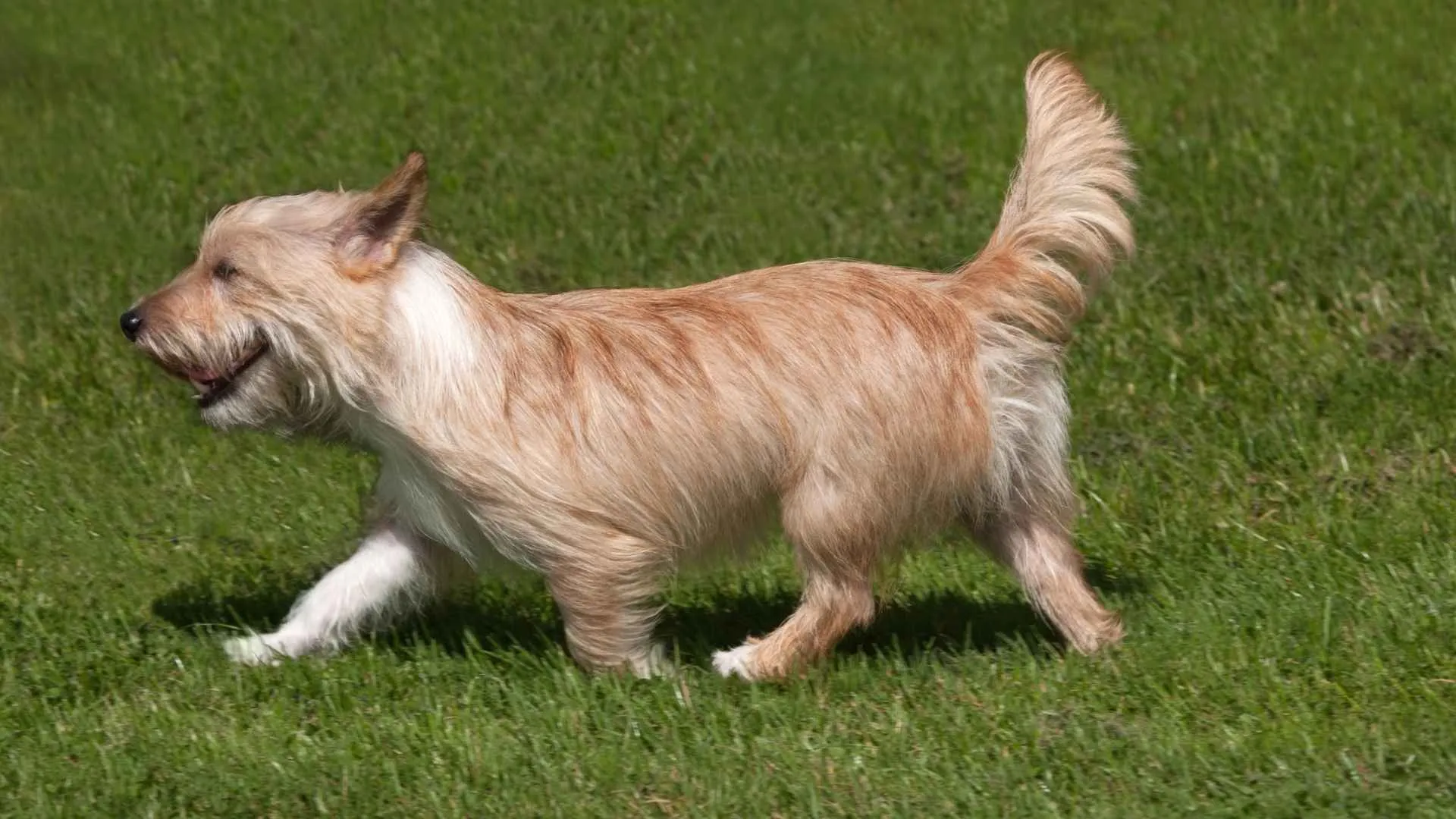
The Portuguese Podengo Pequeno was bred to hunt rabbits through dense underbrush and stone walls, as Showsight Magazine claims. Their small frame, strong legs, and flexible spine allow them to twist and sprint through narrow areas with ease. This agility remains one of their most defining features.
High Energy With Hunting Focus
They are naturally active and alert, showing strong prey drive even in play. The breed has a keen nose and quick reflexes, making them ideal for fast-paced games or tracking tasks. Long walks and mentally stimulating routines suit them well.
Minimal Grooming, Durable Build
Their coat—either smooth or wire—requires very little maintenance. It’s weather-resistant and developed to withstand the rugged terrain of Portugal’s countryside. Despite their size, their sturdy build helps them keep up during long outdoor sessions.
One of the Oldest Breeds in Europe
Recognized as one of the oldest native breeds in Portugal, this dog’s ancestry traces back over 1,000 years. According to the AKC, they’re part of the Podengo family, but the Pequeno is the smallest of the three sizes and was historically kept aboard ships to control rodent populations.
6. Papillon
Papillons excel at fast starts and direction changes, making them strong contenders in agility trials. Their light frame and arched neck give them both balance and lift during quick runs. They maneuver smoothly across uneven or obstacle-filled surfaces.
Keen Intelligence with Precision
This breed learns complex tasks rapidly, especially those involving timing and coordination. They recognize sequences and cues with minimal repetition. That mental sharpness pairs naturally with their movement efficiency.
Social Energy Without Overstimulation
Papillons remain enthusiastic during long play sessions without becoming erratic or overly reactive. They adjust their energy output to the environment around them. This regulation allows them to stay active in both solo and interactive settings.
A Centuries-Old Aristocratic Past
Their name means “butterfly” in French, referring to their distinct ear shape resembling open wings. These dogs were famously portrayed in 16th-century royal portraits, particularly alongside European nobility. That history reflects their poise as much as their performance.
7. Beagle
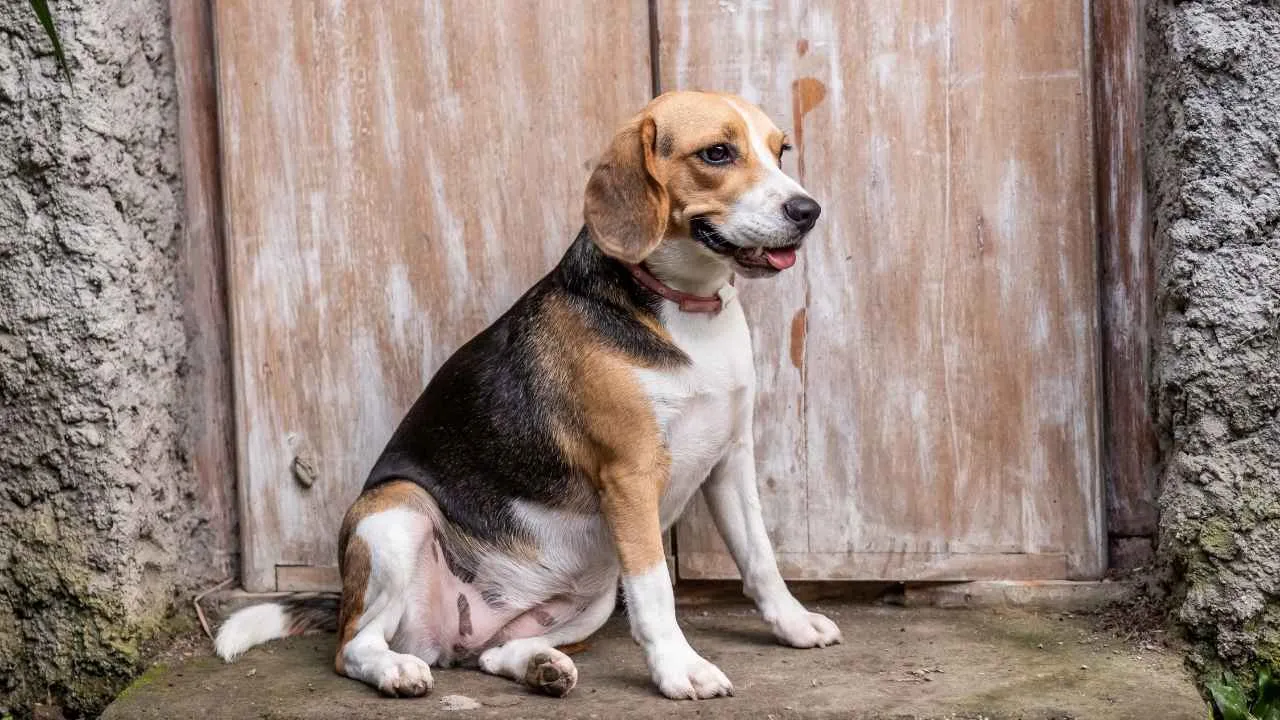
Originally bred for long hunts, Beagles maintain stamina over extended distances with consistent pacing. Their muscular hind legs support efficient propulsion during runs. Whether in fields or forests, they naturally conserve energy while staying mobile.
Deeply Motivated by Scent
With one of the strongest noses among all breeds, Beagles stay focused when tracking smells, even through complex terrain. This skill ties directly to their physical stamina, as scent-driven movement often lasts for hours. Their nose drives their legs.
Naturally Social and Adaptable
They form easy bonds with both adults and children, making them versatile for family life and activity-based routines. Beagles handle new environments without hesitation, adjusting smoothly to parks, trails, and unfamiliar outdoor settings.
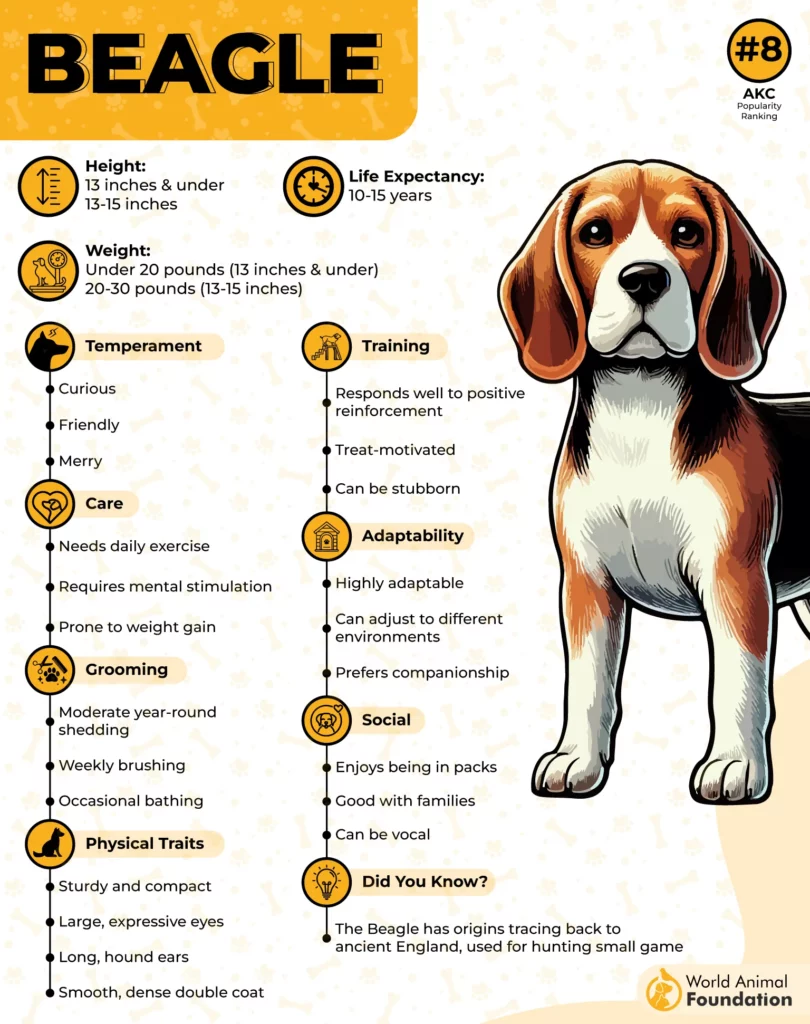
A Recognized Voice in Airports
Beagles have been part of the U.S. Department of Agriculture’s “Beagle Brigade” since the 1980s. Their scent-tracking precision is used to detect restricted items in luggage—a role that requires both agility and calm behavior.
Conclusion
Some dogs were made for the couch, others for the climb. These athletic, small breeds might have short legs, but they carry long-distance energy and intelligent instincts in every stride.
Whether navigating rugged trails or racing across open fields, they’re eager to move. Their ability to adapt to warm weather, stay alert on a long hike, and spend time bonding through motion makes them ideal for active households.
Some are often mistaken for a larger dog in a compact body, while others are celebrated as a separate breed with historic roles. All of them, though, make unforgettable companions when it comes to both adventure and heart.


